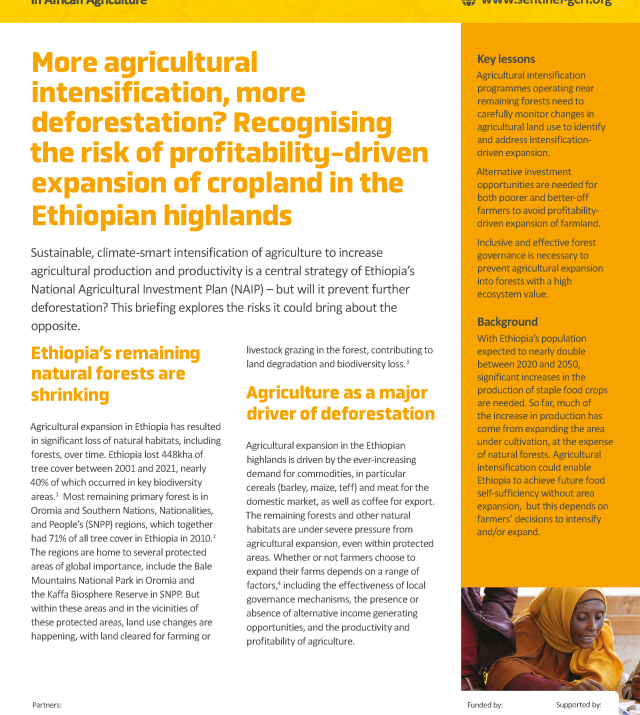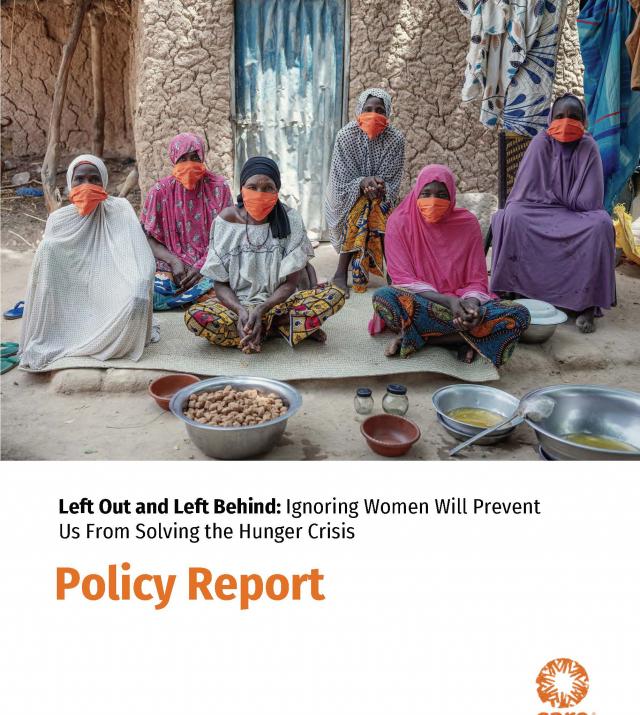
Back To Resource Library
COVID-19 and Food Security: Novel Pathways and Data Gaps to Improve Research and Monitoring Efforts
Sectors:
Agriculture and Livelihoods

Covid-19 immediately triggered food security concerns. Early in the pandemic, the World Food Programme estimated that Covid-19 will double the number of people facing food crises from 130 million to 265 million in 2020. The World Bank, the International Monetary Fund and the World Health Organization followed suit, suggesting that levels of hunger around the world could increase dramatically due to the impact of the pandemic on jobs, incomes and livelihoods.
In this policy brief, we set the frame to think about the pandemic’s impacts on food security by summarising evidence on the hypothesized causal links.
Key Messages
- The Covid-19 pandemic may create new types of food insecurity. These are focused not on food supply, but rather on the indirect effects of mobility restrictions and social distancing measures on household purchasing power and access to food.
- Existing food insecurity forecasting systems may need to be complemented with additional data and methods to capture these novel pathways of food insecurity.
- So far, evidence on Covid-19’s effects on food demand (e.g. household purchasing power) is mixed. The impact on food supply is limited to certain supply chains for inputs and higher-value, perishable foods.
- The effects vary strongly by context, possibly due to the role of relief packages. More information is required on social protection coverage, including of low-income households and informal workers.
- Evidence also suggests that actors in the informal midstream food supply chain played an important role in explaining the resilience of food systems in low- and middle-income countries. However, they are often overlooked in current data collection and research efforts.
